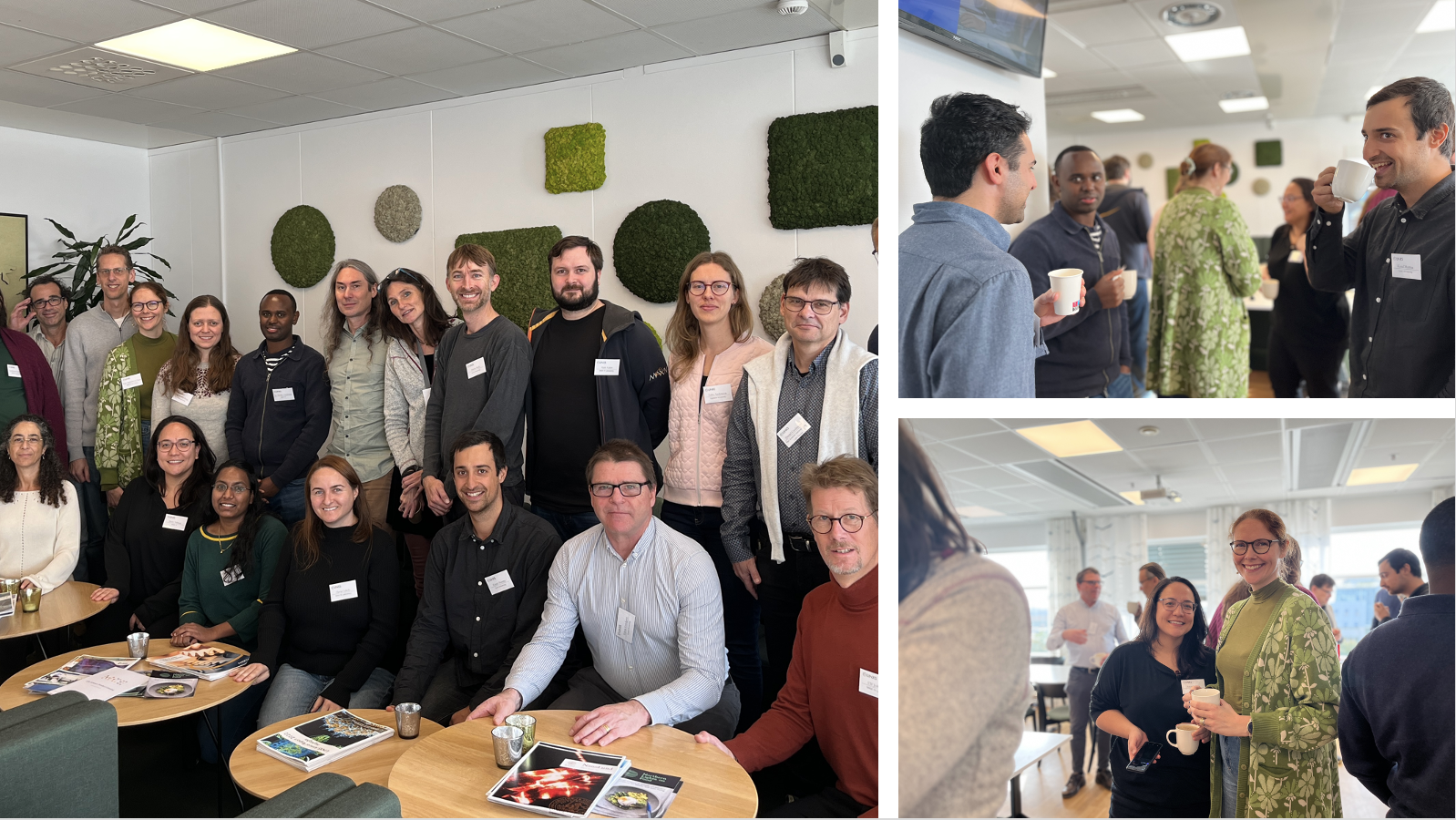LINXS cross-theme workshop identified X-ray communities’ needs in chemical imaging
The aim of the workshop, Future of Chemical Imaging at Next Generation Synchrotrons, organised at LINXS in October, was to highlight and discuss scientific needs in chemical microscopy. It was organised by members from LINXS themes: Chemistry of Life, Heritage Science, Northern Lights on Food, Environment and Climate, and New Materials, in collaboration with MAX IV.
– The long-term goal is to develop a chemical microscopy beamline (CheMic) at the tender to hard X-ray microprobe level at MAX IV. To do this right, we need to involve the user communities at every stage, to find out what they need, says Susan Nehzati, researcher at MAX IV, and one of the main organisers of the event.
Susan Nehzati is a researcher at MAX IV, and was one of the main organisers of the event.
She explains that the beamline technique is useful for a very broad range of scientific investigations, in medicine, fundamental chemistry, physics, and different new materials. Its main strength is the possibility to perform both imaging and chemical analysis simultaneously.
Involving the themes at LINXS in the effort to develop CheMic is a win-win, Susan Nehzati notes. The LINXS themes are diverse, work with different types of scientific fields and questions, and represent different user needs. To get a good conversation going, the workshop began with presentations by beamline scientists working at similar beamlines at other facilities, for example Dr. Tina Geraki at I18 at the Diamond Light Source in the UK, Dr. Gerald Falkenberg at P06 at the German Electron Synchrotron DESY in Germany, and Dr. Daniel Grolimund at microXAS at the Paul Scherrer Institut in Switzerland. They highlighted lessons learned, future directions and their experiences of delivering and developing state-of-the-art instruments to the user community.
Lots of food for thought in the discussions
During the discussion on user needs in chemical microscopy, different issues were highlighted. One was the need in environmental sciences to include chemical imaging capabilities at the tender energy range, for example phosphorus, as well as higher energy ranges, for example uranium and other heavier elements, to be able to understand the chemistry of environmental processes. Another wish from the participants was to have innovative sample support systems to be able to seamlessly integrate samples into different beamlines, and at different facilities – to make it easier to perform complementary experiments on the same samples.
– We found the discussion super informative. You need to get input from users at different stages, since user requirements evolve with time, says Susan Nehzati.
Susan Nehzati will now bring all the feedback with her back to MAX IV. The next step is to develop the plans for the CheMic beamline more in detail, and to start to promote it within different user communities. She will also put in anexpression of interest for CheMic to be prioritized in MAX IV’s next beamline call.
– I like LINXS because of the different avenues and research themes. It is great to be able to access a breadth of different user needs, and so close by too! It is a good asset for us at MAX IV, and also for all the researchers who gets to express their scientific needs and be more involved in beamline and sample environments development at MAX IV.
Participants pictured at LINXS in October during the workshop.


